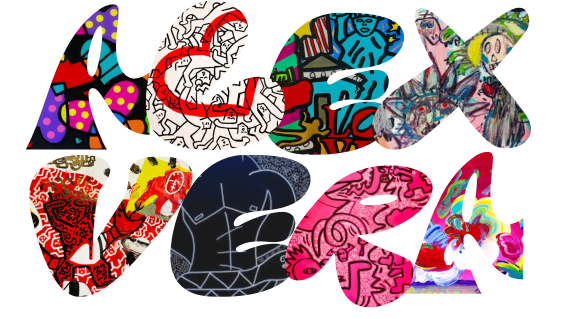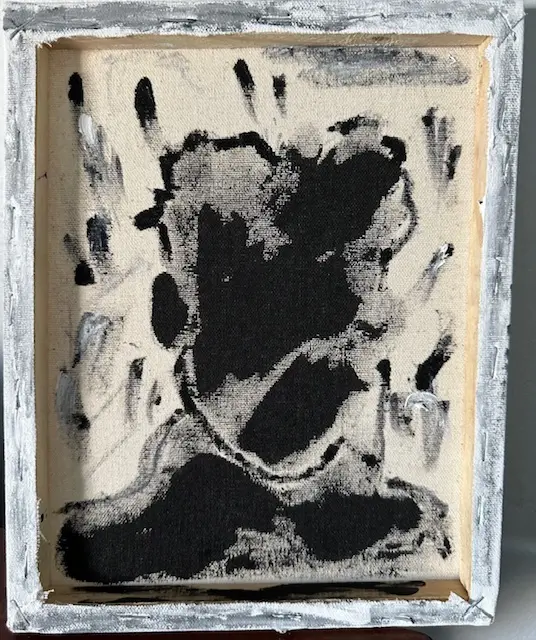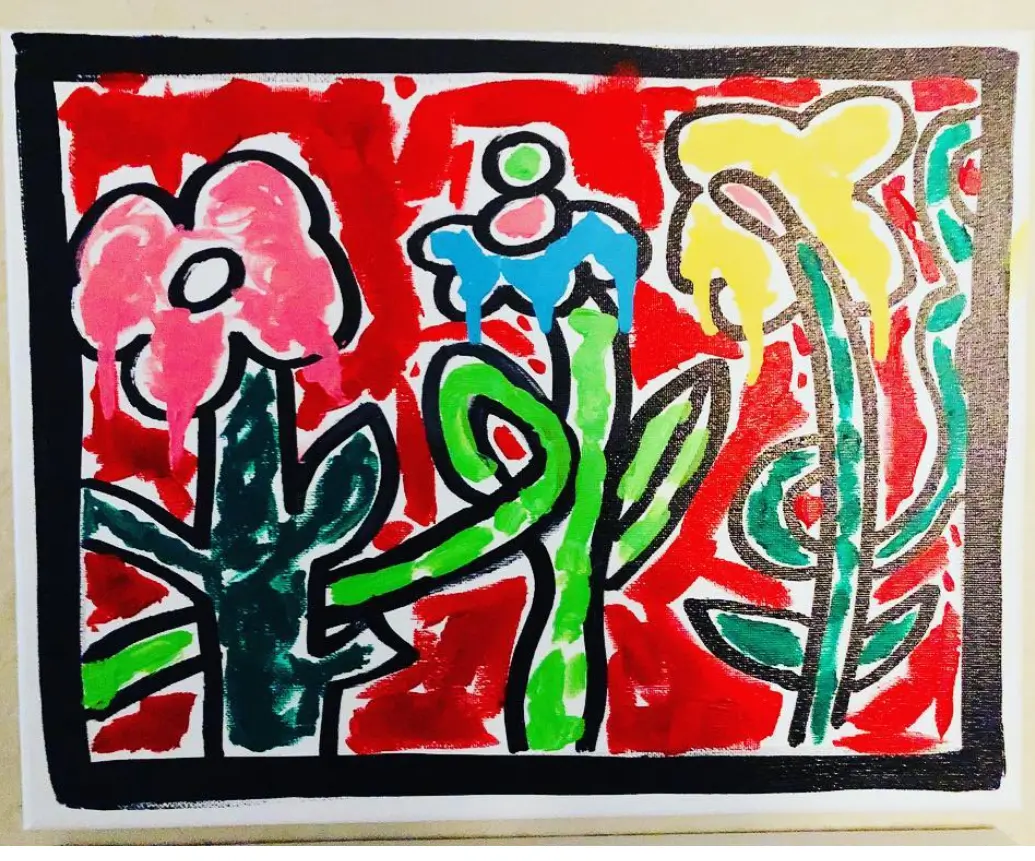Buying art can be an intimidating process, especially for those who are not well-versed in the art world. It’s often thought of as a hobby for the super-rich, but the truth is, art collecting isn’t only for those with deep pockets. Here’s how to find affordable original art and emerging local artists near you, even when you’re on a budget.
Trust Yourself
The first step to buying art is to trust yourself. Art is subjective, and what one person considers beautiful, another may not. So, don’t worry about what others think or what’s popular in the art world. Instead, focus on what you personally like and what speaks to you. Trust your instincts and go with what feels right.
Understand How Pricing Works
The price of art can vary greatly, and it’s important to understand how pricing works. Factors that can affect the price of art include the artist’s reputation, the medium used, the size of the piece, and the complexity of the work. Keep in mind that just because a piece of art is expensive doesn’t necessarily mean it’s better than a more affordable piece.
Find Local Artists
One way to find affordable art is to look for local artists. Many cities have art districts or areas where artists congregate, and you may be able to find original pieces at reasonable prices. You can also check out local art fairs, farmers’ markets, and craft shows. Another option is to search online for artists in your area.
Figure Out Your Taste and What You Like
Before you start buying art, it’s important to figure out your taste and what you like. Do you prefer abstract art or realistic paintings? Do you like bright colors or muted tones? Once you have a better understanding of what you like, you’ll be able to narrow down your search and focus on pieces that fit your aesthetic.
Do Your Research
Research is key when it comes to buying art. Once you’ve identified a piece you’re interested in, take the time to research the artist and their work. Look at their portfolio, read reviews, and check out their social media accounts. This will give you a better understanding of the artist’s style and whether their work is right for you.
Go to a Gallery
Visiting a gallery is a great way to see art in person and get a better feel for what you like. Galleries often have a variety of pieces on display, so you can see different styles and mediums all in one place. Additionally, gallery staff are often knowledgeable about the artists they represent and can provide you with more information about the pieces you’re interested in.
Ask Questions and Establish
When you visit a gallery, don’t be afraid to ask questions. Gallery staff are there to help you and can provide valuable insight into the artwork on display. Ask about the artist’s background, the medium used, and the inspiration behind the piece. Establishing a relationship with gallery staff can also be beneficial if you plan on buying art in the future.
To start buying art, we recommend spending time going to exhibitions and opening events. Art exhibitions are a great way to see new and established artists’ work and to get a feel for the local art scene. Additionally, many art schools hold end-of-year degree shows, which are a great way to see the work of up-and-coming artists.
Watch Out for Some Up and Coming Artists
It’s also worth keeping an eye out for up-and-coming artists. These artists may not have established reputations yet, but their work may be just as good as established artists. By buying from emerging artists, you can often get original pieces at more affordable prices, and you’ll be supporting artists at the beginning of their careers.
Always remember, buying real art doesn’t have to be a daunting task, even when you’re on a budget. There are plenty of ways to find affordable original art and emerging local artists near you. However, it does require some effort and research to ensure that you are making an informed purchase.
One of the most important things to keep in mind when buying art is to trust yourself. Art is subjective, and what one person considers beautiful, another may not. So, don’t worry about what others think or what’s popular in the art world. Instead, focus on what you personally like and what speaks to you. Trust your instincts and go with what feels right.
It’s also important to understand how pricing works. The price of art can vary greatly, and it’s essential to have a basic understanding of the factors that can affect the price of a piece. These factors include the artist’s reputation, the medium used, the size of the piece, and the complexity of the work. Keep in mind that just because a piece of art is expensive doesn’t necessarily mean it’s better than a more affordable piece.
One way to find affordable art is to look for local artists. Many cities have art districts or areas where artists congregate, and you may be able to find original pieces at reasonable prices. You can also check out local art fairs, farmers’ markets, and craft shows. Another option is to search online for artists in your area. Many artists have websites or social media accounts where they showcase their work and offer pieces for sale.
Before you start buying art, it’s essential to figure out your taste and what you like. Do you prefer abstract art or realistic paintings? Do you like bright colors or muted tones? Once you have a better understanding of what you like, you’ll be able to narrow down your search and focus on pieces that fit your aesthetic.
Research is key when it comes to buying art. Once you’ve identified a piece you’re interested in, take the time to research the artist and their work. Look at their portfolio, read reviews, and check out their social media accounts. This will give you a better understanding of the artist’s style and whether their work is right for you.
Visiting a gallery is a great way to see art in person and get a better feel for what you like. Galleries often have a variety of pieces on display, so you can see different styles and mediums all in one place. Additionally, gallery staff are often knowledgeable about the artists they represent and can provide you with more information about the pieces you’re interested in.
When you visit a gallery, don’t be afraid to ask questions. Gallery staff are there to help you and can provide valuable insight into the artwork on display. Ask about the artist’s background, the medium used, and the inspiration behind the piece. Establishing a relationship with gallery staff can also be beneficial if you plan on buying art in the future.
To start buying art, we recommend spending time going to exhibitions and opening events. Art exhibitions are a great way to see new and established artists’ work and to get a feel for the local art scene. Additionally, many art schools hold end-of-year degree shows, which are a great way to see the work of up-and-coming artists.
It’s also worth keeping an eye out for up-and-coming artists. These artists may not have established reputations yet, but their work may be just as good as established artists. By buying from emerging artists, you can often get original pieces at more affordable prices, and you’ll be supporting artists at the beginning of their careers.
In conclusion, buying real art doesn’t have to be a daunting task, even when you’re on a budget. By trusting yourself, understanding how pricing works, finding local artists, researching, visiting galleries, and attending exhibitions you will be able to buy real art confidently.







